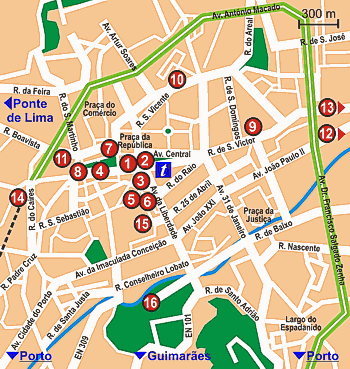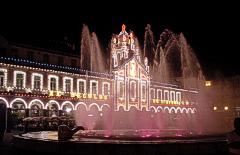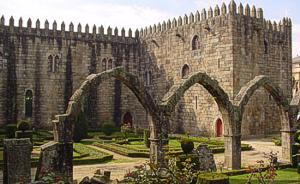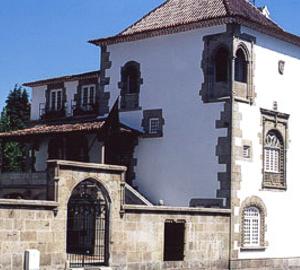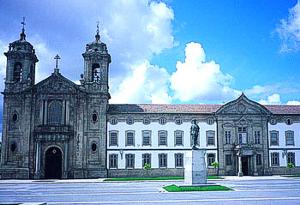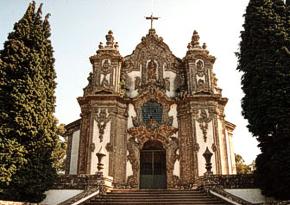| 
|
|
Not far from the city center there are three important
sanctuaries: The "Bom Jesus", the "Sameiro" and
the "Santa Marta da Falperra".
 Santuario
do Bom Jesus do Monte Santuario
do Bom Jesus do Monte
Born Jesus do Monte is a hilltop pilgrimage site; it's reached on foot,
via a funicular ride, or by a car ride along a tree-lined roadway. A
baroque granite double staircase dating from the 18th century may look
exhausting, but if it's any consolation, pilgrims often climb it on
their knees.
Less elaborate than the stairway of Remédios at Lamego, the stairs
at Born Jesus (Good Jesus) are nevertheless equally impressive.
On the numerous landings are gardens, grottoes, small chapels, sculptures,
and allegorical stone figures set in Mountains.
 Railway Staion
Railway Staion
 Hospital
Hospital
 Exhibition Park
Exhibition Park |
